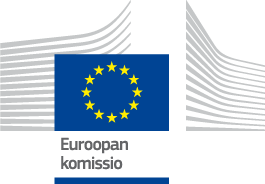

FLAG Factsheet
Donegal is a large county with a lengthy coastline featuring a number of long inlets and bays. The region is sparsely populated and outside of Letterkenny, its only large urban centre, there is a high dependence on small-scale agriculture and fisheries enterprises.
The county has a large pelagic fleet and several sophisticated modern whitefish vessels. The pelagic fleet is based in Killybegs and the whitefish fleet is predominantly in Greencastle. These are the two main ports in the FLAG area. There are also up to 200 small inshore boats fishing crab and lobster operating from a number of small piers throughout the county. A growing amount of aquaculture activity can be found in the bays and inlets.
As most of the road and infrastructural links between Donegal and the rest of the country pass through Northern Ireland, the specific challenge for the FLAG and the county at large is the uncertainty raised by Brexit. Furthermore, the region has had a population decrease in the last couple of years with many younger people choosing to emigrate.
The entire coastline of Donegal is a protected area in one form or another be it SPA (Special Protected Area), SAC (Special Area of Conservation) or Natura 2000 site.
The FLAG has developed a strategy which targets peripheral coastal communities, with an emphasis on supporting the development of existing coastal businesses, including sustainable marine and coastal tourism in Donegal.
It is also hoped to harness the skills and knowledge of coastal communities, promote social well-being and coastal cultural heritage while protecting and promoting the marine environment. The key aim is to do all of this while keeping the themes of job creation and diversification as a priority.
National Government
Potential project ideas include:
Applications are invited on an open call basis and are to be selected by FLAGs for funding on a quarterly basis, or until funds are exhausted.
FLAG North has expertise drawn from three pillars: fishing and aquaculture, community groups and state agencies.
The FLAG shares its area with the Donegal LEADER LAG (who are also represented on the FLAG’s board) but maintains its own independent legal structure. The two groups also coordinate on an informal basis.
30% of actors come from the fisheries and aquaculture sector, 30% are community actors, 35% are public actors including Udaras na Gaeltachta (the regional Irish language authority), the local LEADER LAG and Donegal Tourism, and the remaining 5% are environmental advisors.